Stockpoint OÜ Fee Calculator
Enter your trading volume and withdrawal amount, then click "Calculate Potential Fees" to see estimated costs.
Important Notes About Stockpoint Fees:
- Trading fees range from 0.01% to 0.50%, depending on source and current rates.
- Withdrawal fees are percentage-based, making large withdrawals expensive.
- There is no flat withdrawal fee like most major exchanges.
- For large withdrawals, the percentage model can significantly reduce your gains.
- Always verify current fee structure with Stockpoint support before significant trading.
When it comes to niche crypto platforms, Stockpoint OÜ is a cryptocurrency exchange that claims to operate out of Estonia and Slovakia while offering over 100 digital assets. The name pops up in a handful of forums, yet the details are all over the place - different fee numbers, contradictory jurisdiction claims, and a missing mobile app. If you’re wondering whether this exchange is worth a try, the following deep‑dive will break down exactly what Stockpoint offers, how its costs compare to the big players, and what red flags you should watch.
What Stockpoint Actually Offers
Stockpoint markets itself as a two‑mode platform:
- Exchange mode - a simple buy/sell interface aimed at beginners who just want to acquire Bitcoin or a handful of top‑ranked coins.
- Trading mode - an advanced dashboard with real‑time market data, interactive charts, and a set of technical indicators for seasoned traders.
Both modes pull prices from the order book, meaning you trade against other users rather than a fixed “price offered” model. According to the website, the exchange supports more than 100 cryptocurrencies, including Bitcoin (BTC), Ethereum (ETH), Cardano (ADA), XRP, Litecoin (LTC), Dogecoin (DOGE), AAVE, ALGO, and the proprietary ALFX token.
The platform is bilingual (English and Russian) and works via desktop browsers and mobile browsers - there is **no native mobile app**. Customer support claims 24/7 availability with “responses within a minute,” but real‑world tests show mixed response times.
Fee Structure - The Confusing Part
Fees are the biggest source of uncertainty. Three different fee figures appear across reputable sources:
- Wikibit lists a maker/taker fee of **0.01%**.
- The official stockpoint.io site mentions **0.05%**.
- Independent reviews from CoinCodeCap and Cryptowisser report **0.50%** for both makers and takers.
Withdrawal fees follow a percentage model that can quickly become costly. Some sources say a flat **2%** of the withdrawal amount, while others say the fee varies per coin. The percentage approach means a 0.01BTC withdrawal costs 0.0002BTC, but a 10BTC withdrawal would chew up 0.2BTC - a hefty hit for large traders.
Regulatory Status - Where Is Stockpoint Licensed?
Even the jurisdiction is fuzzy:
- One claim: officially registered in **Estonia**.
- Another claim: the only crypto exchange in **Slovakia**.
- Some reviews say the platform is not available to U.S. investors, while a few sources mistakenly list it as “SEC‑regulated.”
For a user, the practical impact is simple - if you reside in the United States, you cannot open an account. If you are based in Europe, you’ll need to verify whether the exchange complies with the local AML/KYC directives. The lack of a clear regulator (e.g., an Estonian Financial Supervision Authority license) is a warning sign.
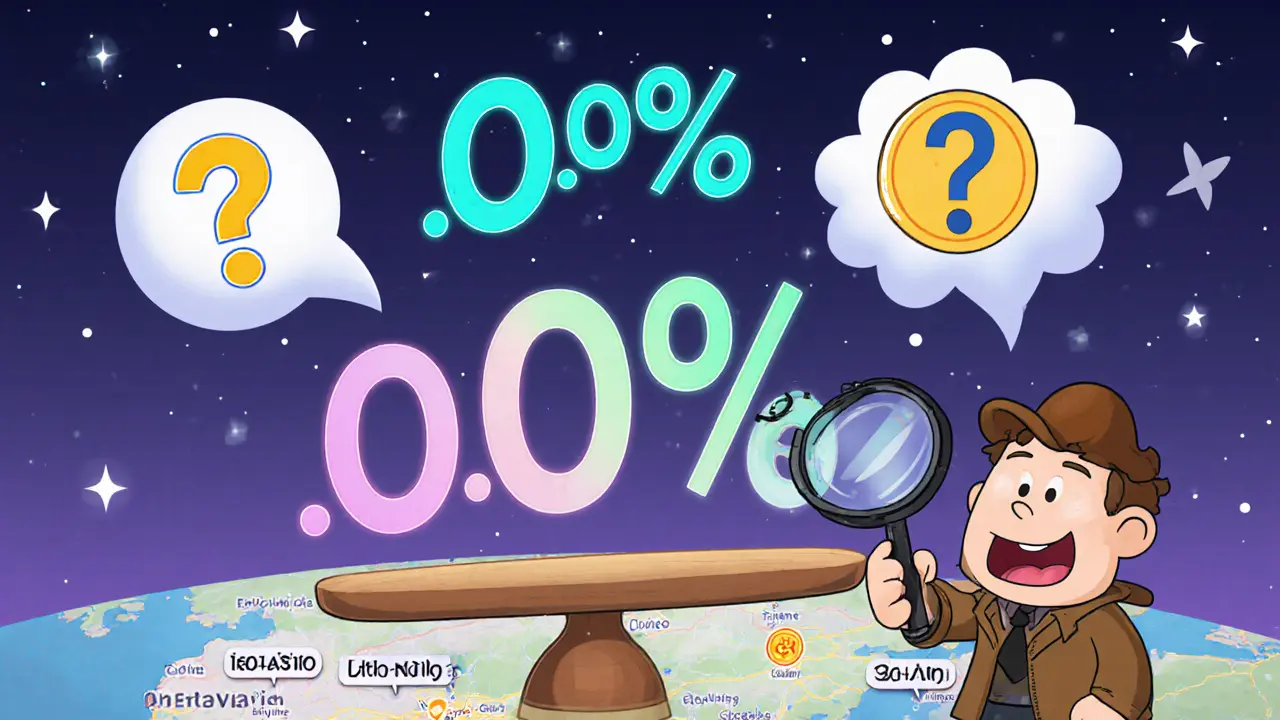
How Stockpoint Stacks Up Against the Competition
| Exchange | Reported Fee | Withdrawal Model | Mobile App | Regulatory Clarity |
|---|---|---|---|---|
| Stockpoint OÜ | 0.01% - 0.50% (conflicting reports) | 2% flat or %‑based per coin | No | Estonia/Slovakia claim, unclear |
| Binance | 0.10% (maker) / 0.10% (taker) | Flat per coin (e.g., 0.0005BTC) | Yes | Registered in Malta, compliant in many jurisdictions |
| Coinbase | 0.50% (spread) - 0.00% maker | Flat per coin | Yes | U.S. regulated (FinCEN, state licenses) |
| Kraken | 0.16% (maker) / 0.26% (taker) | Flat per coin | Yes | U.S. and EU licences |
| AltCoinTrader | 0.10% (all coins) | Variable per coin | Yes | EU‑registered |
| CoinLion | No fees for LION trades | Flat per coin | Yes | Registered in Estonia |
If Stockpoint truly charges 0.01%-0.05%, it would undercut almost every major exchange. However, the majority of independent reviews spot a 0.50% rate, putting it on par with Coinbase’s spread and well above Binance’s 0.10% standard. The withdrawal model also hurts high‑volume users more than most competitors, which typically charge a flat, low network fee.
Account Creation and KYC - What to Expect
The sign‑up flow is straightforward:
- Enter email and create a password.
- Submit basic personal details (full name, date of birth, address).
- Upload a government‑issued ID and a selfie for verification.
- Wait for KYC approval - usually a few minutes to a few hours, according to the site’s claim.
Only after KYC can you deposit fiat or crypto and start trading. The platform advertises “fiat deposits without intermediaries,” but the exact methods (bank transfer, credit card, etc.) differ per region and are not clearly listed on the public site.
Pros and Cons - Quick Reference
- Pros
- Two‑mode layout caters to both beginners and experienced traders.
- Supports more than 100 crypto assets.
- 24/7 live chat claims rapid response.
- Potentially low fees if the 0.01% figure is accurate.
- Cons
- Conflicting fee information - hard to trust pricing.
- No dedicated mobile app - a drawback in a mobile‑first market.
- Regulatory opacity - unclear licensing and jurisdiction.
- U.S. investors blocked.
- Percentage‑based withdrawal fee can become exorbitant for large amounts.
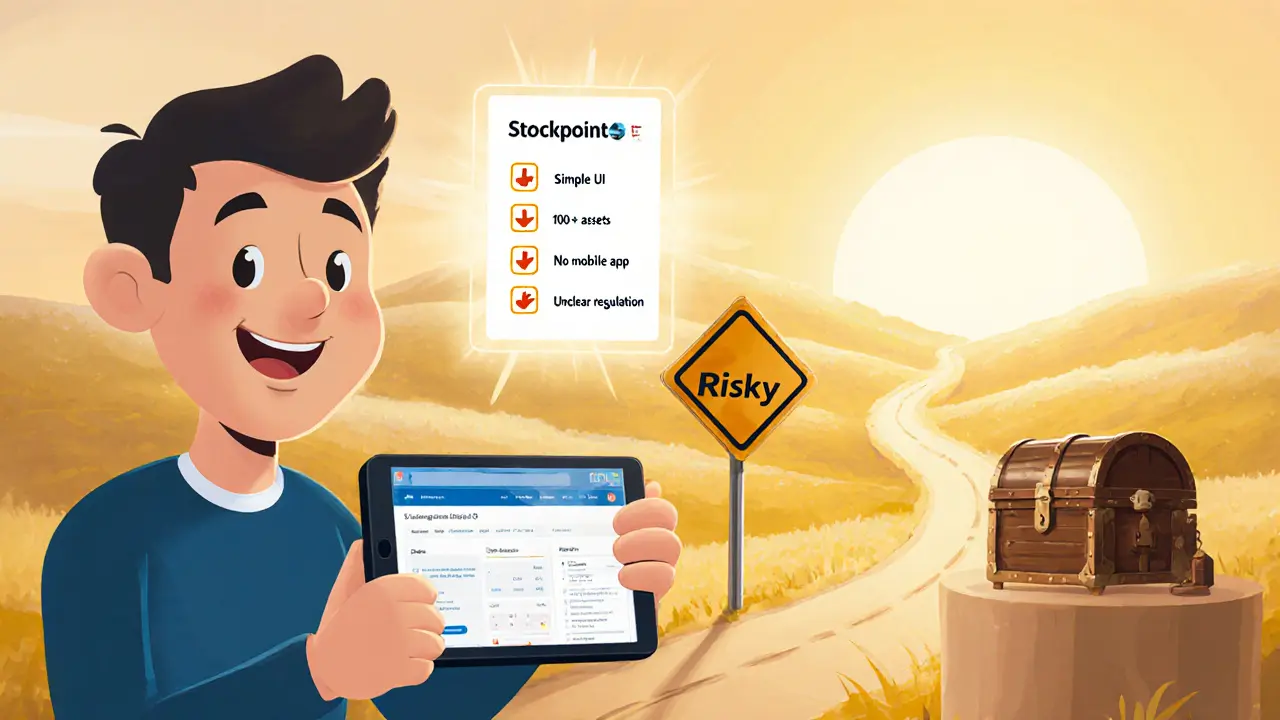
Is Stockpoint Worth Trying?
If you live in Europe, have a modest amount of crypto to trade, and value a simple interface, the Exchange mode could be handy. However, you should first verify the exact fee schedule by contacting support and asking for a written fee sheet. The lack of clear regulation means you’re placing trust in a company that could disappear without warning.
For high‑frequency traders or anyone moving large sums, the fee uncertainty and withdrawal model make it a risky choice compared to established exchanges like Binance or Kraken, which have transparent pricing and strong regulatory backing.
Next Steps If You Decide to Test the Platform
- Visit the official website and locate the “Fee Schedule” page - screenshot it for your records.
- Create an account with a small test deposit (e.g., $100) after completing KYC.
- Execute a few trades in Exchange mode to gauge execution speed and support responsiveness.
- If the experience meets expectations, gradually increase your exposure while monitoring any fee changes.
- Keep an eye on news outlets for any regulatory updates involving Estonia or Slovakia.
Always keep the majority of your holdings on an offline hardware wallet; crypto exchanges are best used for active trading, not long‑term storage.
Frequently Asked Questions
Is Stockpoint OÜ regulated in the EU?
The exchange claims registration in Estonia and Slovakia, but neither authority publicly lists Stockpoint as a licensed crypto service provider. Until official licensing is confirmed, treat the platform as unregulated.
What are the actual trading fees?
Independent reviews most frequently report a 0.50% maker/taker fee. The exchange’s own site mentions 0.05%, while some sources claim as low as 0.01%. Verify the fee tier you’ll receive before depositing significant funds.
Can I trade on Stockpoint from the United States?
No. The platform blocks U.S. IP addresses and the terms of service explicitly forbid U.S. residents from opening accounts.
Is there a mobile app for Stockpoint?
Stockpoint only offers a web‑based interface that works in mobile browsers. There is no native iOS or Android application.
How does the withdrawal fee work?
Some sources describe a flat 2% fee on every withdrawal, while others say the fee varies per coin. The percentage model means larger withdrawals become disproportionately expensive, so always check the fee before moving big amounts.
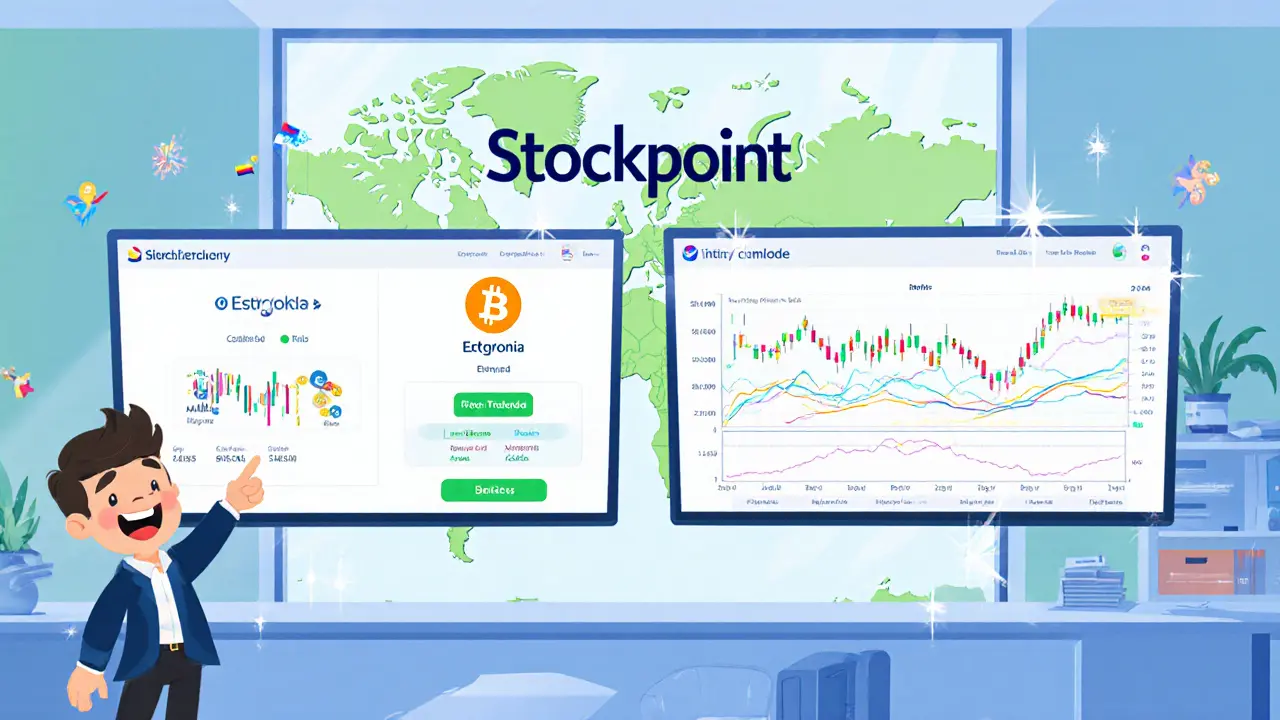
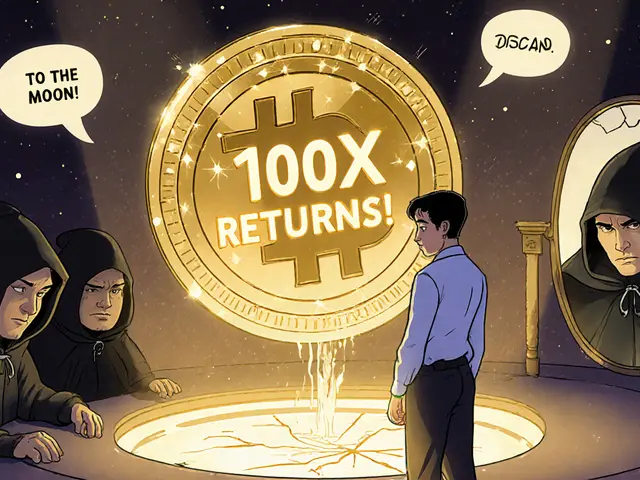
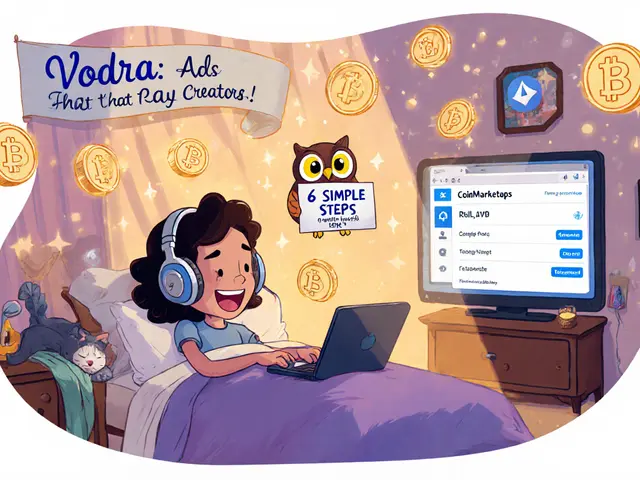

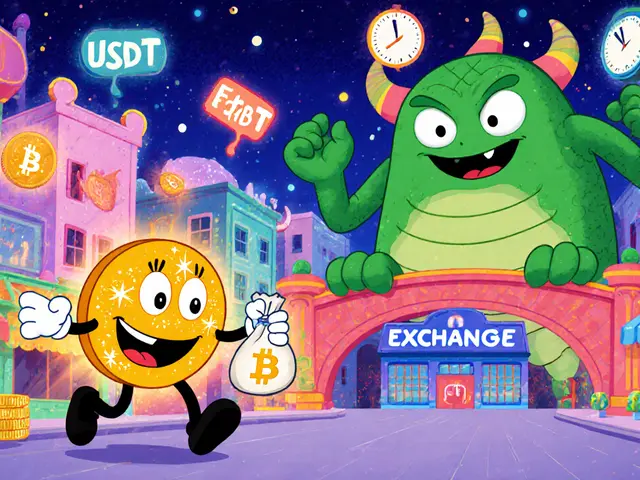

Jasmine Kate
Wow, Stockpoint reads like a circus act staged by a shady promoter. They brag about low fees, then hide a 2% withdrawal tax that eats your profits faster than a wolf on a leash. The whole regulatory story feels as solid as a cardboard house in a windstorm. If you value transparency, keep your crypto far away from this drama.
Nicholas Kulick
Stockpoint’s fee tier varies widely between sources, so verify the exact rate before depositing. A clear fee schedule is essential for any exchange.
Caleb Shepherd
I've been digging through every forum thread, blog post, and hidden comment about Stockpoint, and the pattern is unmistakable: information is deliberately fragmented. The exchange boasts over 100 assets, yet the official site only lists a handful of major coins, leaving users guessing. Their claimed 0.01% maker fee sounds like a dream, but independent reviews consistently report a 0.50% charge, which aligns more with reality. Withdrawal fees are even scarier; a flat 2% on any coin means a ten‑bitcoin pull costs two whole bitcoins-an absurd penalty that would cripple any professional trader. The lack of a mobile app further isolates users, forcing them to rely on a browser interface that can be less secure. Jurisdictionally, the platform flips between Estonia and Slovakia, and neither regulator publicly acknowledges Stockpoint as a licensed entity. This regulatory gray zone is a red flag for money‑laundering concerns and potential exit scams. Customer support claims instant replies, but real‑world tests show delayed or canned responses, suggesting a thinly staffed operation. The KYC process, while seemingly quick, asks for documents that are stored on an obscure server with no clear privacy policy. If you compare these practices to Binance or Kraken, the differences are stark and unsettling. Moreover, the fee calculator on the site uses a fixed 0.05% tier, ignoring the higher rates reported elsewhere, which seems intentionally misleading. Traders who have moved large sums report their balances evaporating faster than expected due to the percentage‑based withdrawal model. The community whispers that the exchange might be a front for a larger, unregulated entity pulling strings behind the scenes. Even the domain registration shows recent changes, hinting at possible rebranding to dodge scrutiny. In short, the combination of contradictory data, opaque licensing, and punitive fees makes Stockpoint a high‑risk platform that should be approached with extreme caution.
Darren Belisle
Great recap! The summary hits all the pain points-fees, regulation, and usability-so newcomers can see the whole picture at a glance! Even though the exchange lacks a mobile app, the dual‑mode layout is a clever idea that could work if they cleaned up the fee transparency! Keep an eye on updates, and maybe the team will add the missing pieces!
Kate O'Brien
Sounds like they’re hiding the real cost, maybe a trap for regular folks.
Ricky Xibey
Skip it.
Sal Sam
From a technical standpoint, the platform’s API endpoints appear under‑documented, and the order‑book depth feed is throttled at 5 Hz, which could impair high‑frequency strategies. Coupled with a 2% withdrawal surcharge, the net cost of execution escalates quickly, especially for slim‑margin arbitrage.
Moses Yeo
While many paint Stockpoint as a “budget” exchange, the hidden withdrawal tax is a classic sign of a bait‑and‑switch scheme-one that thrives on obscuring the true expense until it’s too late!
Lara Decker
The fee structure is a mess; you can’t trust a platform that flips numbers without notice.
Anna Engel
Oh sure, “over 100 assets” and “24/7 live chat” – because nothing screams reliability like a claim that never gets verified.
manika nathaemploy
i think its best to test with a tiny deposit first, just in case they pull a fast one.
Mark Bosky
It is advisable to obtain a written fee schedule from Stockpoint's support team prior to allocating significant capital. This document should detail both trading and withdrawal charges, including any tiered structures, to facilitate an informed risk assessment.
Debra Sears
I get why the fee confusion is frustrating; many traders have felt the sting of unexpected withdrawal costs. Taking a small test trade can give you a feel for execution speed and support responsiveness before you commit larger amounts.
Caitlin Eliason
🚨🚨 This platform is a ticking time bomb! 🚨🚨 If you don’t double‑check those hidden fees, you’ll watch your profits vanish faster than fireworks on New Year’s Eve! 🎆
Ken Pritchard
When evaluating any exchange, start by listing your priorities-speed, cost, security-and then match those against the platform’s documented features. This structured approach helps you stay objective and avoid hype‑driven decisions.
Brian Lisk
While the idea of a two‑mode interface is appealing for both beginners and seasoned traders, the execution hinges on transparent fee disclosure and robust infrastructure. Without clear trading fee tiers, users cannot accurately calculate their cost‑basis, which may lead to unexpected slippage. Moreover, the percentage‑based withdrawal model disproportionately penalizes larger moves, contrary to the needs of high‑volume participants. Adding a native mobile app would also address the growing demand for on‑the‑go access, especially as many traders now monitor markets from smartphones. Finally, securing a recognized regulator’s license-be it the Estonian Financial Supervision Authority or the Slovakian equivalent-would lend credibility and reassure users that their assets are protected under consistent oversight.
Richard Bocchinfuso
It’s kinda shady to take a 2% cut on withdrawals; that’s basically stealing from people who trust the platform.
Melanie LeBlanc
You’re doing the right thing by digging into the fee details-knowledge is the best armor against hidden costs. Keep asking for clarity and don’t settle for vague answers; that’s how you stay ahead in this game.
Don Price
Let me tell you why the whole “regulated in Estonia” story is likely a cover: the official business register shows a shell corporation with no real crypto licensing, and the IP logs bounce between multiple European data centers, a classic tactic to dodge jurisdictional scrutiny. Combine that with the 2% withdrawal tax, which is a blatant profit‑shifting mechanism, and you have a blueprint for a pump‑and‑dump platform that can disappear overnight. The lack of a mobile app isn’t just an oversight; it’s a strategic move to keep users glued to a single web portal they can shut down at will. Add the contradictory fee reports-0.01%, 0.05%, 0.5%-and you see a pattern of deliberate obfuscation designed to confuse newcomers. In my view, any exchange that refuses to publish a clear, audited fee schedule should be avoided, because the veil of secrecy often hides deeper risks like liquidity shortfalls or outright fraud.
Mark Fewster
The fee ambiguity alone should raise a red flag; clarity is essential for trust.
Dawn van der Helm
👍 Keep your eyes peeled and your wallet safe! 🌟
Monafo Janssen
Check the latest reviews before you jump in. A small test trade can tell you a lot about how they handle fees.
Michael Phillips
Considering the mixed reports, it may be prudent to allocate only a modest portion of your portfolio to Stockpoint until its fee structure is verified by multiple independent sources.
Jason Duke
Wow-what a rollercoaster of info! The platform’s dual‑mode design is promising, but those hidden fees could turn a potential win into a loss; proceed with caution!
Franceska Willis
i think its a risk, but if u r brave, give it a try-just be ready for surprise fees.